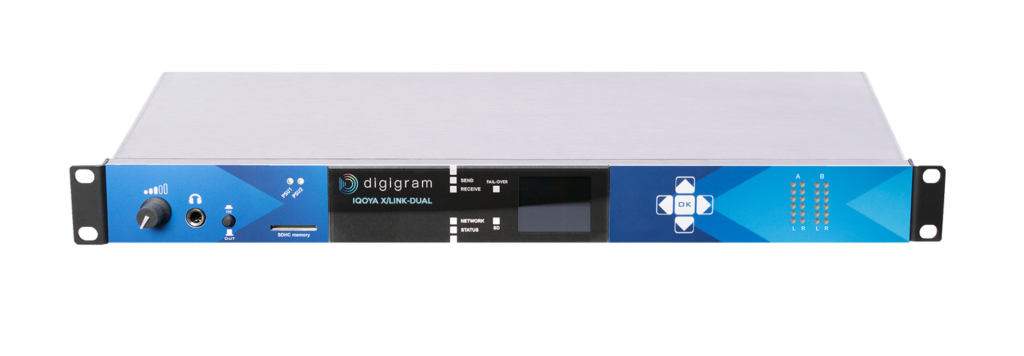Digigram’s 35 years expertise in the design and development of pro audio solutions has been key to build successful installations in many areas, ranging from radio broadcast to industry. However, we like to light a creative spark and use our expertise for custom designed projects where we thrive in achieving the unexpected: follow us as we unfold this watermarking project!
“Watermarking”? This technical process allows to mark an audio signal with no alteration of its quality. Our client specializes in watermarking and wants to collect web analytics and metrics on audience tracking for a French radio. How can Digigram help and which solutions can we implement to support the project?
The reliability and sturdiness of the material involved are paramount to ensure the success of the project on the long haul. Digigram commits to these key factors by sustaining a 7 years support and maintenance contract (SLA type).
Digigram develops a custom solution based on an existing product whose efficiency and reliability is widely proven. The solution blends a creative approach and the trustworthiness of an accurate product.
How the project unfolds:
As a pre-series, Digigram has developed a 1U rackable system based on standard, industrial PCs that embed: 1 standard Intel motherboard, 1 iconic Digigram VX222e sound card with Watchdog feature coupled to a by-pass card.
This prototype checked all the required functions as part of the project, mainly validating the client proprietary watermarking process and the audience tracking and metrics protocol.
Building on that first step, Digigram further developed a client specific platform based on its IQOYA AoIP encoder with augmented processing power. Ultimately, the 1U, 19” platform embeds an ARM type processor dedicated to watermarking, plus analog and digital audio inputs/outputs with a bypass feature, a Watchdog hardware, GPIO interface (alarm display) and Linux.
The project resulted in successfully shipping 400 units of similar platforms to the client.

What’s in for the client?
Building a custom solution may take development time, inducing extra costs: however, using proven standard solutions as a development base considerably reduces both the time and money invested, ensuring efficiency and reliability. The clients will only cover the extra costs that are specific to their activity.




